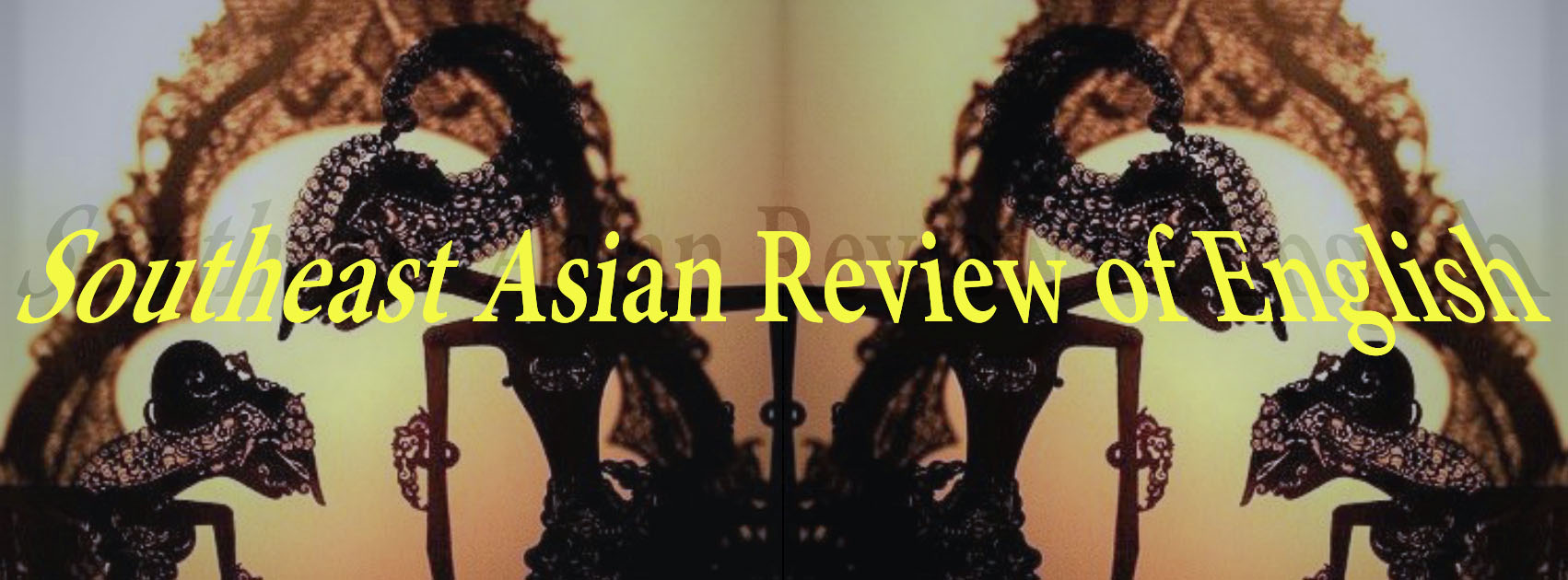Historicity and the Contemporary Theatre of Kuo Pao Kun and Krishen Jit
Main Article Content
Abstract
What is the place of contemporary art forms from the 1980s within the present global dispensation in which the attempt to obliterate temporality transpired, as witnessed in the Hegelian revivalism of Francis Fukuyama’s The End of History and the Last Man (1992)? This essay suggests that the contemporary of contemporary art in Singapore and Malaysia is less a period style and more a differing artistic response to the end of temporality as a situation. The idea of contemporary art entails the existence of an idea of the contemporary. Temporality, in turn, is to be comprehended as the way time is conceptualised and lived out in society. The contemporary is both an idea of the time in which we are in and a goal of reacting more effectively to the demands of the immediate present. And a part of the 1980s was a sense that earlier regional formations of modern art that had eradicated traditional cultural forms as backward needed to be rethought. The artistic practices of Singapore playwright and director Kuo Pao Kun (1939-2002) and Malaysian director Krishen Jit (1939-2005) are major examples of such artistic responses. Their work incarnates a contemporary in which historicity, cultural memory, and interpretations of traditional art forms had roles. Their overlapping theatre commitments require us to see their engagement with the issue of plural identities within and without the modernising nation-state (for Kuo) and within the boundaries of the modernising nation-state (for Jit) in the decades of the 1980s and 1990s, when that great modern ideology of nationalism was being revamped by globalising imperatives. They represent a shared engagement with a common colonial-era Malayan legacy of multiracialism and state formation from the Cold War. Historicity for Kuo and Jit is not the modernist desire to reconstruct the fragments of the past into a whole, and is not centrally about the representation of the past (though that occurs), but is in the first instance the need to capture the past’s fragments in order to conceive a fuller sense of the present’s multicultural opportunities.
Downloads
Article Details
Copyrights of all materials published in SARE are retained by the authors. Authors may republish their work or grant others permission to republish it. We would be grateful if republication is accompanied by an acknowledgment that the work was originally published in SARE.
